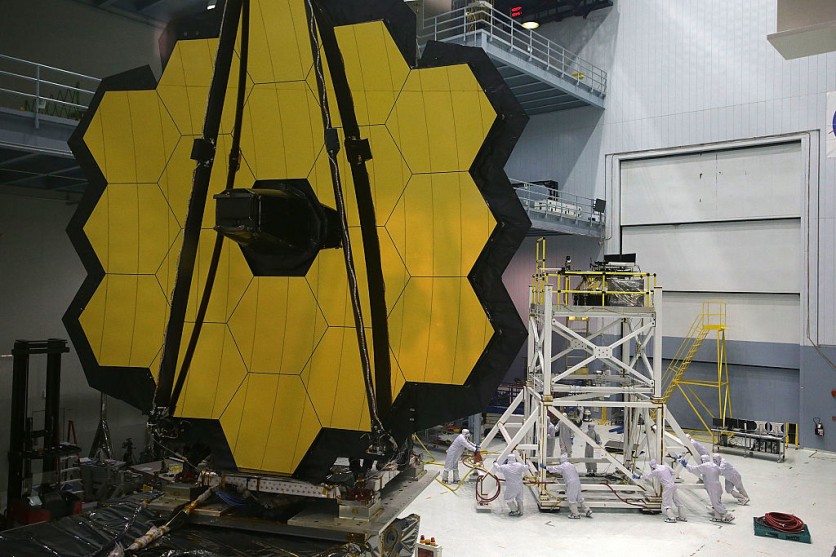The NASA James Webb Space Telescope made another exciting discovery.

This time, JWST was able to spot the faintest galaxy in the universe. Details about the discovery of this faint galaxy were shared in the new study, which was published in the Nature Journal on May 17.
The new study was conducted by astrophysicists at the University of California (UCLA). But why is the discovery of the faintest galaxy a big deal for science?
NASA James Webb Discovers Faintest Galaxy
According to Interesting Engineering's latest report, the faintest galaxy ever recorded is called JD1.

Via UCLA Newsroom blog post, involved experts claimed that the JD1 is so faint that it gave them a hard time studying it.
But, thanks to the advanced NASA James Webb Space Telescope, UCLA researchers were able to identify it.
JD1 is located behind Abell 2744, a large cluster of nearby galaxies. The Abell 2744's combined gravitational strength amplifies and bends the faint light of JD1.
Thanks to this, JD1 appears to be larger and 13 times brighter than it originally appeared.
UCLA astrophysicists were able to see JD1 as it was around 13.3 billion years ago.
"Before the Webb telescope switched on just a year ago, we could not even dream of confirming such a faint galaxy," said UCLA Prof. Tommaso Treu.
JD1 and Big Bang
Numerous space experts claimed that the Big Bang happened around 13.8 billion years ago. They theorized that the universe gradually began to expand and cool. Thanks to this, atoms were able to form.
However, the early universe experienced complete darkness since galaxies and other heavenly bodies were just starting to form during that period.
Experts call this dark period the Cosmic Dark Ages. The discovery of JD1 is crucial to understand how the universe formed during the Cosmic Dark Ages because this faint galaxy is estimated to have formed around 13.3 billion years ago.
If you want to learn more about the faintest galaxy discovered by NASA's JWST, you can click here.
In other news, the NASA Hubble Space Telescope was able to identify a rare black hole near Earth. Meanwhile, the NASA Spitzer Space Telescope captured baby stars in the "Monkey Head" Nebula.
For more news updates about NASA's discoveries, always keep your tabs open here at TechTimes.


![Apple Watch Series 10 [GPS 42mm]](https://d.techtimes.com/en/full/453899/apple-watch-series-10-gps-42mm.jpg?w=184&h=103&f=9fb3c2ea2db928c663d1d2eadbcb3e52)


